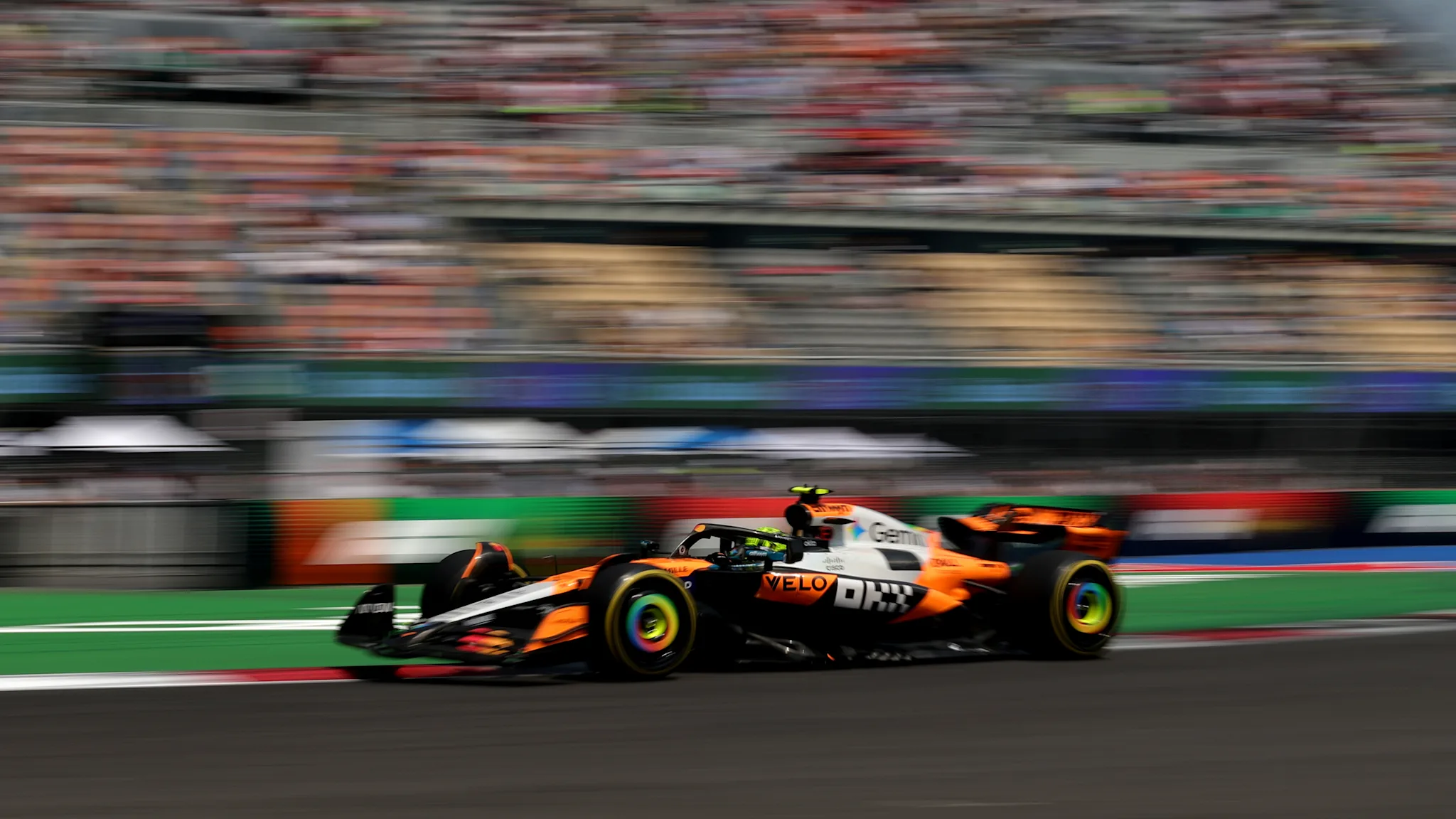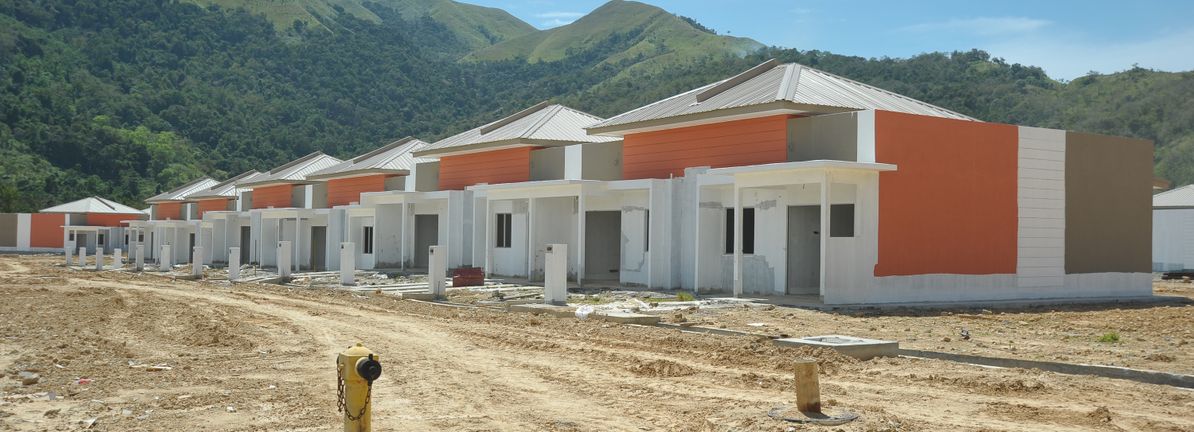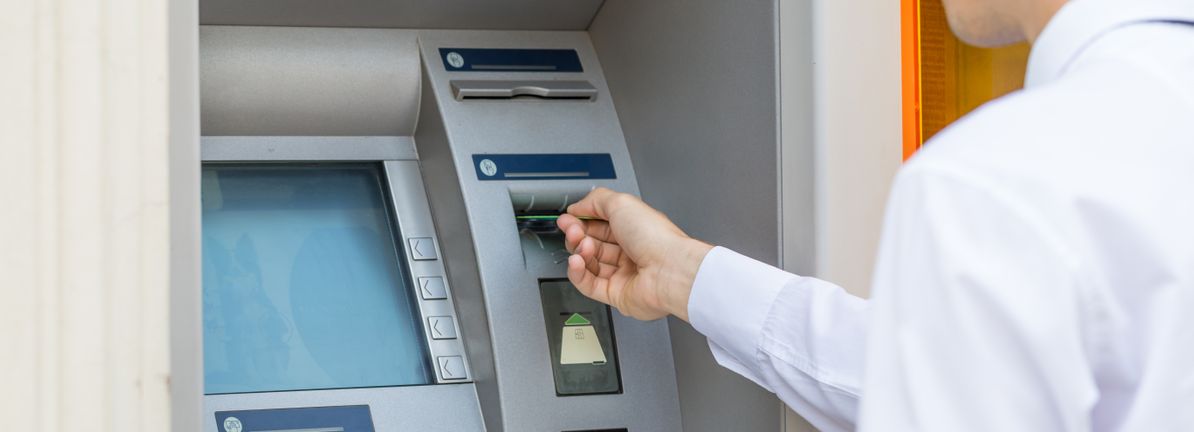Unlock the White House Watch newsletter for free
Your guide to what Trump’s second term means for Washington, business and the world
The US has signed trade and critical mineral deals with countries in south-east Asia, President Donald Trump said…

Unlock the White House Watch newsletter for free
Your guide to what Trump’s second term means for Washington, business and the world
The US has signed trade and critical mineral deals with countries in south-east Asia, President Donald Trump said…

Last Updated:
IND (W) Vs BAN (W) Live Streaming Details: Get India vs Bangladesh Live Cricket Match Details as India Women…

Harshvardhan Rane is enjoying a good run at the box office after years of struggle in Bollywood. The actor saw a revival of his cult classic Sanam Teri Kasam, which finally became a box office hit upon re-release earlier this year. Now, his…

KIRYAT GAT, Israel (Reuters) – In a squat, grey building that normally operates as a cargo hub in an industrial area of southern Israel, US troops have begun the complex task of monitoring Gaza’s fragile ceasefire…
Russia has successfully tested its nuclear-powered Burevestnik cruise missile and will work towards deploying the weapon, Russian President Vladimir Putin said on Sunday, after Moscow launched its second deadly…

Lando Norris took his fifth pole position of the season, securing his place at the front of the grid for the Mexico City Grand Prix courtesy of a stunning effort.
Norris looked the man to beat across Saturday, and stormed to pole position with…

Lai Sun Development (SEHK:488) remains firmly in the red, with net losses having widened at a rate of 4.2% annually over the last five years. Throughout this period, there has been no improvement in net profit margins, and continued losses mean earnings growth cannot be meaningfully compared to historical averages. With little evidence of a turnaround and insufficient data for forward-looking revenue or earnings forecasts, the company’s ongoing unprofitability signals persistent headwinds for shareholders.
See our full analysis for Lai Sun Development.
Next, we are comparing these latest numbers against the most widely followed narratives in the market to see whether the story around Lai Sun Development holds up or is challenged by the data.
Curious how numbers become stories that shape markets? Explore Community Narratives
Net profit margins have remained unchanged over the past year, continuing a multi-year trend where losses persist with no sign of a turnaround.
According to prevailing market view, the lack of margin improvement highlights just how tough the operating environment remains.
Any hopes that better margins might signal the start of a recovery are dashed by the ongoing loss rate, which increased at 4.2% per year over the last five years.
Despite asset diversification, the company’s persistent inability to improve profitability directly challenges arguments that sector resilience alone can support a rebound.
Lai Sun Development trades at a price-to-sales ratio of 0.2x, far below the Hong Kong Real Estate industry average of 0.7x and the peer average of 5.6x.
The prevailing market view recognizes this deep discount signals that investors may have already priced in ongoing losses and sector headwinds.
While some argue this low multiple could present value appeal, the valuation gap primarily reflects continued financial and operating strains.
Recent sector softness and the company’s unprofitability suggest that “cheapness” alone is not enough to attract momentum buyers or trigger a sustained re-rating.
Earnings growth is currently not measurable against historical averages due to ongoing unprofitability, and there is insufficient data to forecast revenue or profit acceleration.
The prevailing market view emphasizes that without clear signs of a turnaround, potential catalysts like policy changes or sector rebound remain theoretical.
Persistent net losses and lack of evidence for profit acceleration keep expectations anchored low for the near future.
Sector context points out that even modest recovery hopes hinge on either macroeconomic shifts or unexpected improvement in operational efficiency. Neither of these appear imminent in the current figures.

Victoria’s Secret (VSCO) shares have seen movement recently, prompting investors to review the retailer’s performance and outlook. The company’s stock is up 59% over the past 3 months, which reflects renewed interest among market watchers.
See our latest analysis for Victoria’s Secret.
After a bumpy start this year, Victoria’s Secret has staged an impressive comeback, with a 26% one-month share price return and momentum building as renewed industry optimism takes hold. While the year-to-date share price is still lower, long-term shareholders have captured a 16.9% total return over the past year.
If you’re intrigued by how turnarounds like this can create opportunities, it might be time to broaden your search and discover fast growing stocks with high insider ownership
With the stock’s recent surge but analyst targets lagging behind, the question is whether Victoria’s Secret remains undervalued, or if the current price already factors in all the anticipated future growth.
The most widely followed narrative puts Victoria’s Secret’s fair value well below its last close price, signaling a potential disconnect between analyst models and recent market enthusiasm.
The analysts have a consensus price target of $22.7 for Victoria’s Secret based on their expectations of its future earnings growth, profit margins and other risk factors. However, there is a degree of disagreement amongst analysts, with the most bullish reporting a price target of $27.0, and the most bearish reporting a price target of just $17.0.
Read the complete narrative.
Curious what kind of growth projections and future profit assumptions drive this punchy valuation? The key takeaway is that most analyst forecasts are based on slow revenue growth, thinning margins, and a higher-than-normal profit multiple. Which number is the real linchpin? The full narrative reveals the bold assumptions behind the current fair value.
Result: Fair Value of $22.70 (OVERVALUED)
Have a read of the narrative in full and understand what’s behind the forecasts.
However, persistent tariff pressures or a sustained slowdown in mall traffic could quickly undermine the optimistic case for Victoria’s Secret’s recovery.
Find out about the key risks to this Victoria’s Secret narrative.
While analyst models suggest Victoria’s Secret is overvalued versus consensus estimates, our SWS DCF model points in a different direction. Based on projected future cash flows, the stock currently trades 21.6% below its fair value, which suggests potential upside. Which perspective will the market ultimately reward?

Higashi Holdings (TSE:9029) reported a net profit margin of 4.4%, up from 3.4% the previous year. The company saw a 61% increase in earnings over the past twelve months and has achieved a five-year average growth rate of 21.8% per year. Investors will note that high-quality earnings and accelerating profits are in focus, especially as the Price-To-Earnings ratio of 9.9x is lower than both sector and peer averages. However, the share price of ¥1,772 is significantly higher than the company’s internally estimated fair value of ¥727.94. While dividend sustainability remains a risk, profit and revenue growth highlight the company’s current rewards profile.
See our full analysis for Higashi Holdings.
The next section will put these numbers side by side with the main narratives shaping investor sentiment, highlighting where the figures support expectations and where surprises might emerge.
Curious how numbers become stories that shape markets? Explore Community Narratives
Net profit margin climbed to 4.4%, marking an improvement over last year’s 3.4% and standing alongside an average annual earnings growth rate of 21.8% over five years.
The sustained pace of profit expansion heavily supports a positive outlook for business quality and operational leverage.
Rapid compound annual growth, at 21.8%, signals that the business has maintained strong earnings momentum, not just a one-off spike.
The margin expansion, paired with robust growth, lends weight to the view that recent gains are not coming at the expense of long-term operating discipline.
Despite profit and revenue growth, the company highlights the risk that future dividends may not be fully supported by ongoing earnings performance (dividend sustainability flagged as a risk).
This introduces tension for bullish investors seeking both capital appreciation and reliable income.
Rapid earnings growth might suggest strong dividend potential, but a flagged sustainability risk tempers the case for uninterrupted payouts and underscores the need for caution.
Ongoing profit gains will need to translate into dividend coverage to truly resolve this risk from the bullish perspective.
Shares trade at ¥1,772, a notable premium to the DCF fair value estimate of ¥727.94, even as the Price-To-Earnings ratio of 9.9x sits below sector and peer averages of 12.9x and 11.2x.
The gap between market price and intrinsic value creates a focal point for investment debate.
Bulls may argue that margins and growth justify the premium, but the DCF fair value figure will weigh on the view that the stock represents a true bargain.
Investors weighing sector comparisons against DCF estimates must decide whether outperformance is already reflected in the share price or possibly overreflected in the current valuation.

Merkur PrivatBank (XTRA:MBK) delivered earnings growth of 11.8% over the past year, outpacing its 5-year average of 0.9% per year. Net profit margins ticked up to 9.4% from 9.3%, and earnings are forecast to grow at 9.84% per year moving forward. However, revenue growth of 3.1% per year lags the German market average of 6%. With high-quality past earnings and an attractive dividend, investors are eyeing continued profit growth, despite a premium valuation compared to the broader banking sector.
See our full analysis for Merkur PrivatBank KgaA.
Up next, we will look at how the latest performance lines up with the most widely followed narratives for Merkur PrivatBank. This will help clarify where the market view holds up and where fresh numbers are shaking things up.
Curious how numbers become stories that shape markets? Explore Community Narratives
Net profit margins reached 9.4%, holding slightly above last year’s 9.3%, a resilience that stands out even as revenue growth lags the broader German market average of 6% per year.
What is striking is how this margin stability heavily supports the case for Merkur PrivatBank’s strong operational efficiency compared to many mid-sized German banks.
Even with only 3.1% annual revenue growth versus industry averages, maintaining high margins suggests disciplined cost control is a core driver.
Additionally, the recent 11.8% annual earnings growth illustrates how margin strength is translating into bottom-line momentum and not just a one-off effect from external factors.
At a share price of €19.30, the company trades well above its DCF fair value of €8.70 and carries a 12.5x P/E, higher than the European Banks average of 9.8x but below its closest peer group’s 31.2x.
Consensus narrative highlights tension for value-focused investors, since MBK’s high-quality past earnings and attractive dividend offer upside, yet the current price premium means expectations for sustained profit growth are already factored into the valuation.
If the margin trend or growth pace slows, this valuation gap could become a concern given the bank is more expensive than the average European competitor.
On the other hand, if outperformance on profit metrics continues, the price could appear fairer compared to its sector peers, where much higher multiples are the norm.
No significant risks were identified in recent disclosures, while forward profit growth is forecast at 9.84% per year and revenue expansion is expected to continue, supporting a balanced reward profile.
Despite a premium stock price, strong recent profit numbers and dividend potential underpin the argument that shareholders stand to benefit from continued stability and sector resilience.
The lack of major flagged risks further reinforces the perception that MBK’s current positive momentum reflects underlying business durability, rather than a temporary uptrend.
Long-term earnings forecasts materially outpace the 5-year historical average, providing a case for optimism among investors seeking steady financial performance.